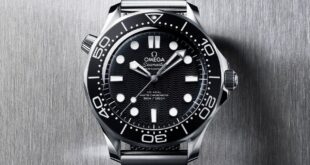I have a problem focusing. I’ve worked at home my entire career, but between the distractions associated with being in a home environment and a lack of sleep from having an infant, in recent times, I’ve struggled to get as much done each day as I might have a few years ago. But we have health-tracking gadgets for our heart — why not for our brain? That’s the promise of the new Master & Dynamic MW75 Neuro headphones, which promise to use EEG sensors built into the earcups to help you improve your focus by tracking it and making recommendations while you listen to your favorite tunes.
I have to admit, when I first heard of these headphones, I was a little skeptical. I’m a huge fan of consumer health-tracking gadgets in general — an Apple Watch was the first confirmation I got that I had atrial fibrillation, which ultimately led to getting an AFib ablation procedure at 28 years old. But really — headphones that can read your brain waves?
Do they work? Well, kind of — and they certainly make a compelling case for the tech in general. But I’m not quite convinced that it’s ready for primetime just yet.
The good
The Master & Dynamic MW75 Neuro headphones came about from a partnership between Master & Dynamic, which built the underlying MW75 headphones, and Neurable, the company behind the EEG-based focus-tracking tech.
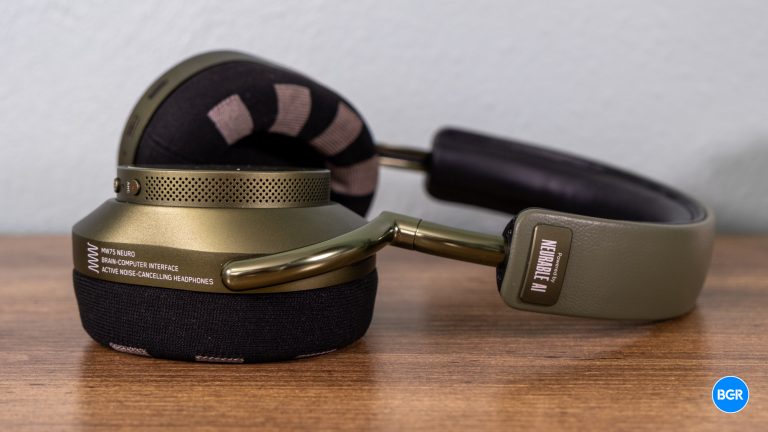
We’re mainly going to focus on the focus-tracking tech here, but it’s still worth mentioning how the headphones perform. I’ve been a fan of Master & Dynamic for some time, and these headphones are a good representation of why. They look super cool, with a unique and premium design overall. This iteration of the headphones isn’t the most comfortable, though — they’re relatively heavy, and put a lot of pressure on the top of the head, while applying a lot of clamp force. That said, they do sound great, offering good bass response and plenty of clarity in the high end — though if you just want great-sounding headphones, there are probably even better options in this price range.
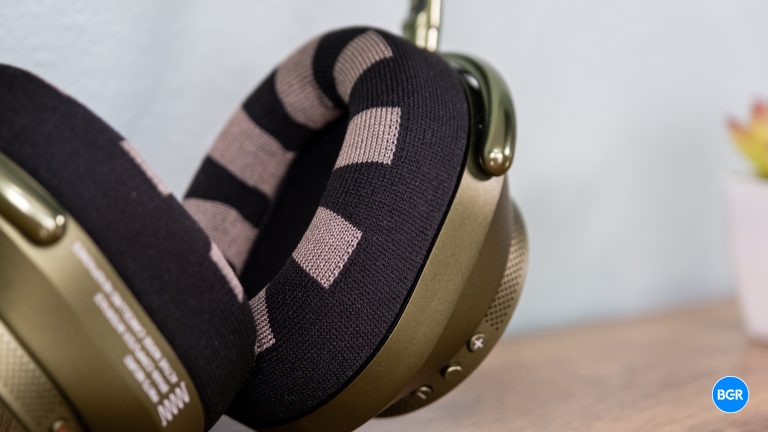
The headphones work with the Master & Dynamic app for adjusting settings related to audio, but they also work with the Neurable app, which is how you’ll track your focus sessions. The app is relatively well-designed, and it’s easy to start tracking your focus when the headphones are properly connected.
During a session, you’ll just kind of…go about your day. You might assume that these are really only useful for work, but you can select what kind of activities you plan on doing during a session, including “work,” “entertainment,” “study,” and more. I mostly used the headphones while working, though.
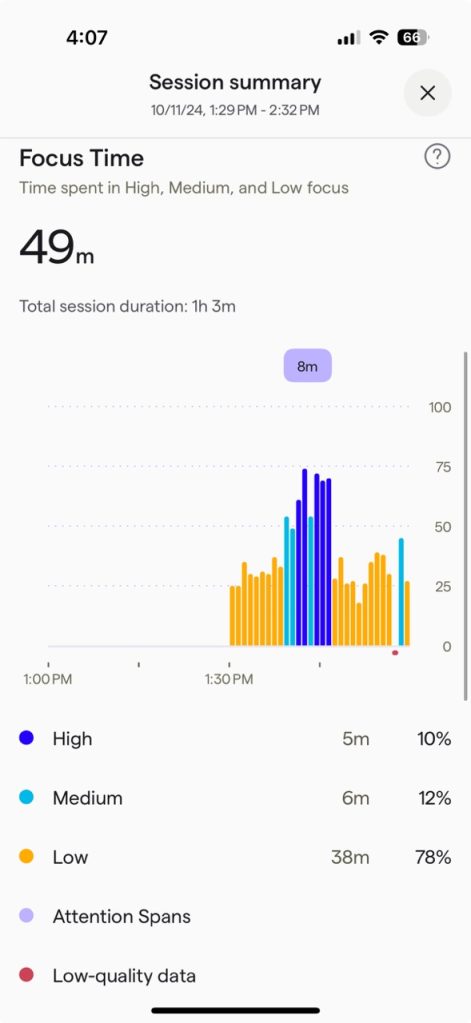
After a session, you’ll be able to see data around your focus during the time that you tracked. It’ll break down the time based on focus “quality,” including “High,” “Medium,” and “Low.” You’ll also get information about your best attention spans, like how long that time was. And, while you’re working, you’ll get notifications that suggest taking a break when the headphones think doing so will help with your focus. It’s well-presented and easy to understand. After each session, you’ll also accumulate so-called “focus points,” which contribute to a daily goal of points.
The bad
It’s a cool idea in general — but after using these headphones for a while, I’m not quite sure the tech is worth the money just yet. The MW75 Neuro headphones cost $700, which is $100 more than the normal MW75 headphones — which are expensive to begin with.
I don’t really think most willing to spend that cash in the first place will get their money’s worth. Here’s the thing — the best health tech works in the background, without you really have to do anything. That’s why using a device like an Apple Watch works so well. All you have to do is wear the watch, and it’ll track all kinds of different data, including sleep.
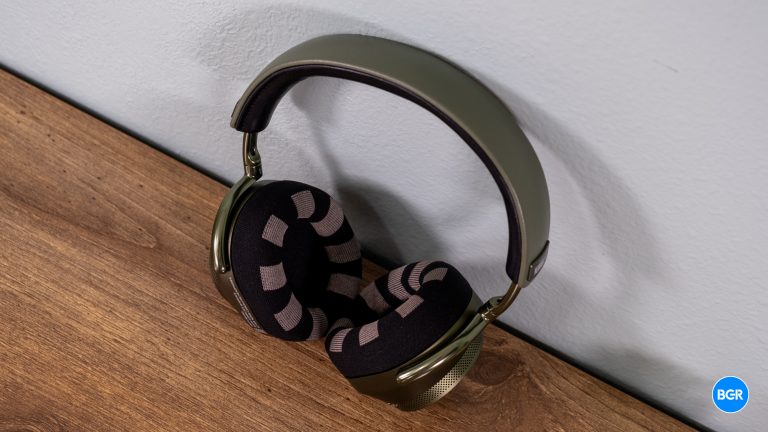
That’s not the case with the MW75 Neuro headphones, which require you to be willing to wear headphones for a large portion of your day, open up the app, select what kind of activity you’re doing, initiate a session, keep the app running in the background, and end a session when you’re done. At the time of this writing, the headphones didn’t support Bluetooth Multipoint either — so you’ll be required to use them with your phone, and can’t use them with a computer.
If you are willing to do that, you might notice trends in your data. For example, on days that you sleep poorly, your focus is likely to be worse. But here’s the problem: when you sleep poorly, you already know that your focus is worse, and the app simply telling you that it’s worse doesn’t really help anything. The guidance that the app offers around taking breaks might be helpful at times — but I don’t know many people who work well like that. When I’m working on an article, it’s not helpful to take a break and forget my train of thought, even if I’m having trouble focusing.

Additionally, you can’t really track your data in real time. The display basically just shows you that you are technically tracking, and not what your focus is like at any given moment. That kind of makes sense — your focus is going to change when you’re monitoring data in an app, and like I said, the best health tech works in the background. But it would still be nice to at least get a look at how your focus session has been so far.
All of this can be summed up in one sentence: the Master & Dynamic MW75 Neuro headphones are heavy, expensive, and not really all that useful.
The future
That is, they’re not really all that useful yet. The tech in general is pretty neat, and I have high hopes for it. Who doesn’t want to be able to monitor their brain health like you can your heart health?
Long-term, that seems to be the goal for Neurable, which has grand plans for using these headphones to track medical conditions and better help with things like focus. Even if work-based applications were the end goal, the product could be helpful for avoiding burnout and maximizing productivity by alerting you to when you focus best. Beyond that, it could help with things like epilepsy, PTSD, sleep disorders, and more. Non-invasive EEGs could have huge implications for brain health.
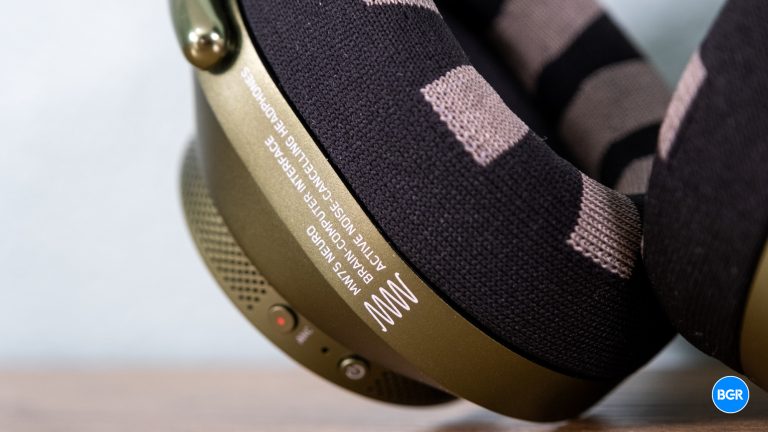
It’s a pretty neat idea in general. After all, the brain is one of the least-tracked parts of our body right now, not to mention perhaps the least understood. More widespread tracking can only be good — helping consumers better understand their own mind, and companies better develop brain-tracking tech.
But it’s not there yet. One day, it might be — and maybe it’ll help unlock the mysteries of the brain.
Conclusions
The Master & Dynamic MW75 Neuro headphones are a cool concept, and I found using them to be interesting — but not really that helpful. The headphones are a little uncomfortable in general, focus-tracking requires too much interaction, and the metrics tracked aren’t really that helpful. But, the tech in general is very exciting — and democratizing access to EEG technology will be a good thing. If you’re interested in playing around with the tech and have cash to burn, you’ll like what these headphones on offer here. Just expect a first-generation experience.
Should I buy the Master & Dynamic MW75 Neuro?
No. Widespread EEG access is exciting, but in this iteration, it’s too expensive and not that useful.
Source link
 meganwoolsey Home
meganwoolsey Home


